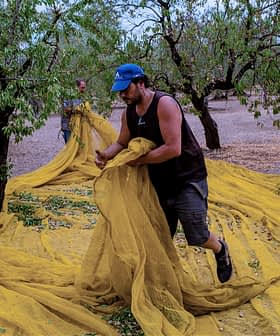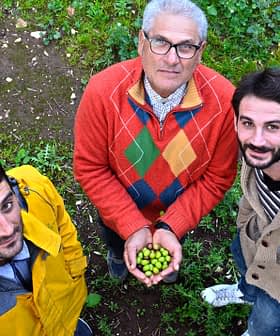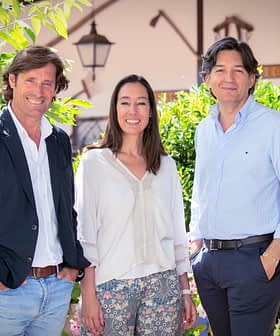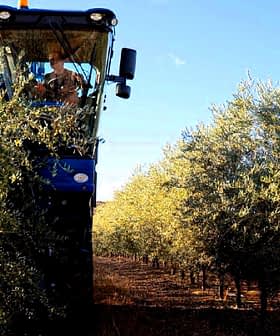In Sciacca, Sicily, Bonolio Finds the Perfect Blend
Bonolio partners with more than five hundred small farmers who grow cultivars typical of long-standing Sicilian traditions.
 Salvatore Bono
Salvatore Bono The suave smiles from the Opera dei Pupi, the famous Sicilian puppet theatre, welcome visitors to the lands of Bonolio, a major Italian olive oil producer in Sciacca, a land dotted by olive orchards on the southwestern coast of Sicily.
Sciacca is home to ancient olive cultivars and a centuries-old olive oil culture, which has been renewed with a connection to these lands and the way olives are grown.
We are four brothers with the background of a very special family experience, which allows us to nurture the relationship with the Sciacca farmers.
On the labels of Bonolio, the characters of the Opera dei Pupi — deemed an Intangible Cultural Heritage by UNESCO — reveal the identity of the oil on which they appear. There is a different Paladin for each product, designed by the local artist Alice Valenti with the goal of combining popular and olive oil cultures.
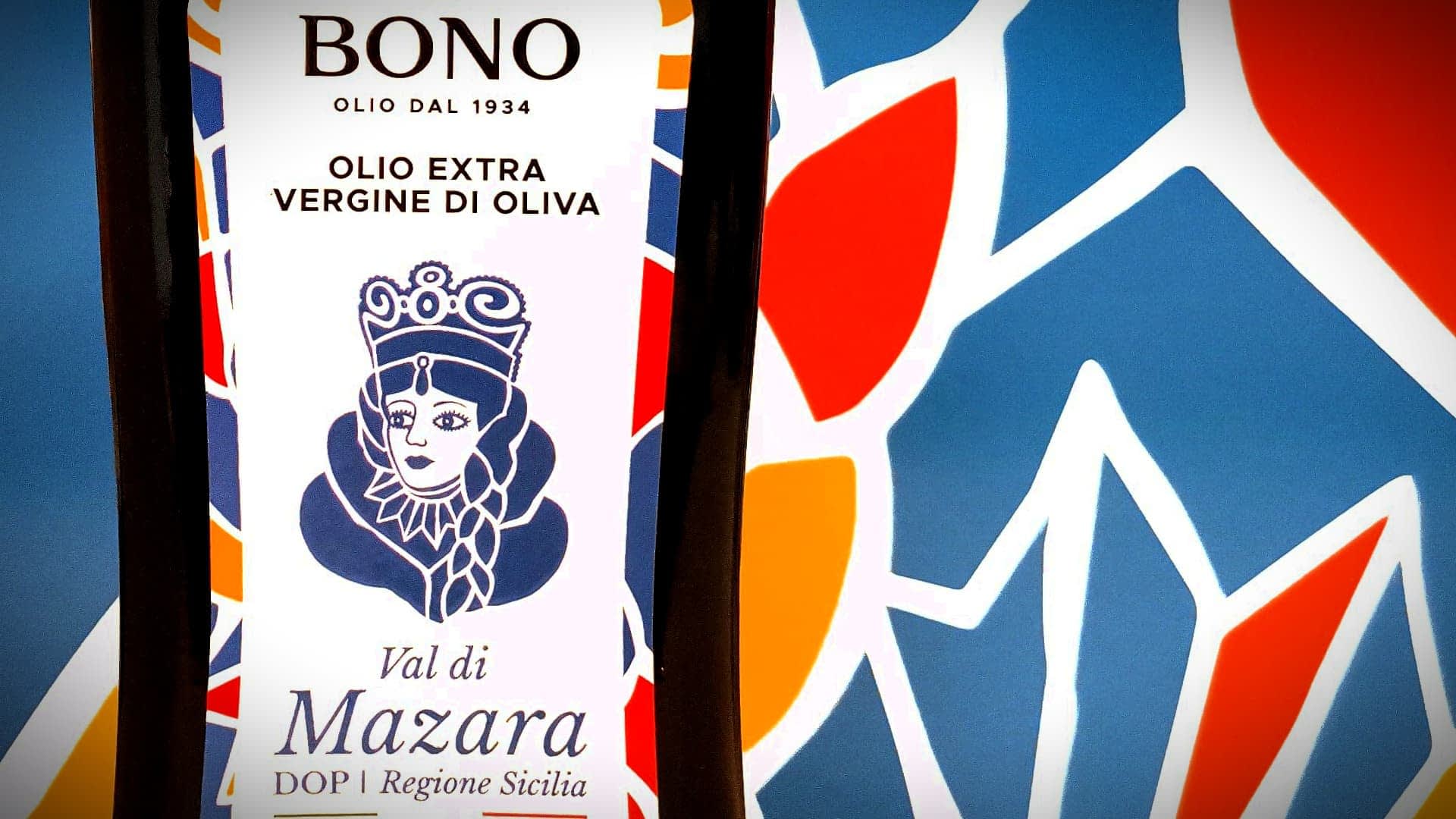
“We have associated the olive oil whose characteristics match the identity of the Paladin,” noted Salvatore Bono, co-owner of Bonolio. “For instance, our Val di Mazara EVOO is now distinguished by Regina Galerana, one of Charlemagne’s wives, known for her balance and wiseness, which also portrays our EVOO’s identity.”
The artist, Bono added, did not only use the Paladin’s historic profile “but also re-imagined it with modern graphics, which also narrates our quest for innovation, which is part of our work and one of the drivers of EVOO quality. That heritage allowed us to herald our idea of a modern Sicily, colorful and joyful.”
The largest olive oil producer in Sicily is a company that began decades ago to export to the U.S. and to promote olive oil culture around the world. “There is still so much ignorance about olive oil — the way it is made, where it comes from, the certifications,” Bono told Olive Oil Times.
Bono’s company has long focused on olive oil production by bonding with generations of small farmers, giving birth to a unique connection with the territory. In the Sciacca area, said Bono, 60 percent of all Sicilian olive oil is produced.
“It all started from my grandfather back in 1934, a food salesman, who founded the first family agribusiness. Then came my dad, who focused exclusively on olive oil. Today we are four brothers with the background of a very special family experience, which allows us to nurture the relationship with the Sciacca farmers,” said Bono.
Still, Bono believes that the main driver of quality is the location. “We produce our Bono blend in a special place, which is part of an island whose own name, Sicily, stands for the excellent quality of agricultural products. While lab analysis and panel tests are crucial for verifying the quality of our EVOOs, olive oil from this territory is blessed by natural excellence,” Bono said.
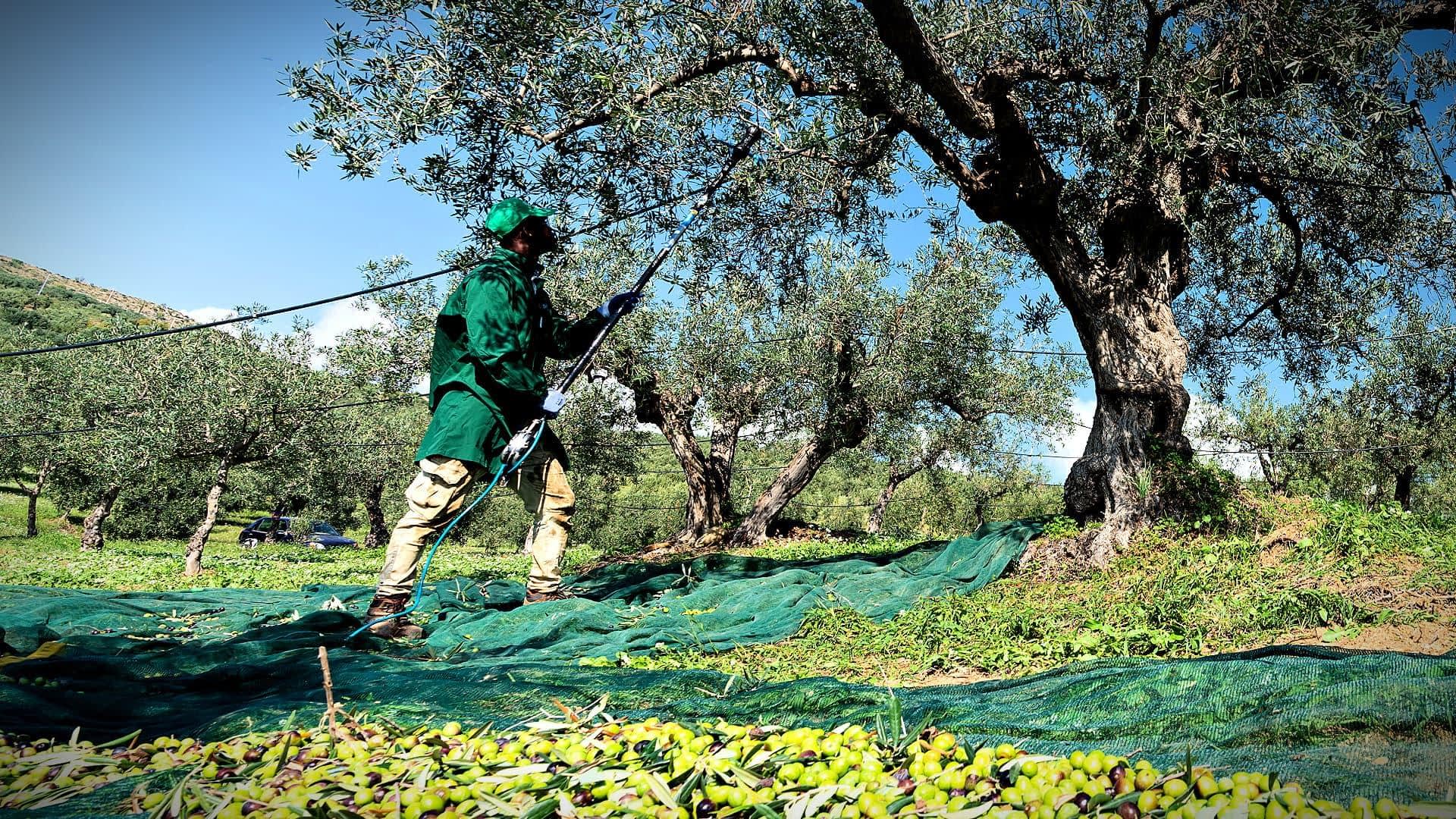
Bonolio partners today include more than five hundred small farmers who grow cultivars typical of a long-standing Sicilian tradition, such as Cerasuola.
Cerasuola is believed to be one of the most ancient olive trees grown on the island, a variety that offers a strong yield and is considered resilient to summer heat and drought. It needs pollination, one of the reasons it is often grown with other traditional cultivars such as Biancolilla and Nocellara del Belice.
Those three olive varieties are gathered by Bonolio for its Bono brand, a blend sold in conventional and organic editions.
“This is true Sicilian and Italian olive oil — one hundred percent Italian — not only because it comes from this land, but also because all of our farmers are certified for the Val di Mazara PDO,” noted Bono, referring to the Protected Designation of Origin, the E.U. protocol of rules and procedures to certify the true connection of a high-quality food product to a specific territory.
Bono earned Gold Awards for its organic and conventional Val di Mazara PDO brands at the 2021 NYIOOC World Olive Oil Competition,
Other Bonolio brands are verified under “IGP Sicilia,” the Protected Geographical Indication (PGI) awarded to products with a close connection to their territory of origin. According to Bono, his company produces about 90 percent of all Val di Mazara PDO olive oils and about 25 percent of IGP Sicilia olive oils.
Certifications, added Bono, are crucial to foster high quality, respect the consumer and allow hundreds of dedicated farmers to prosper.
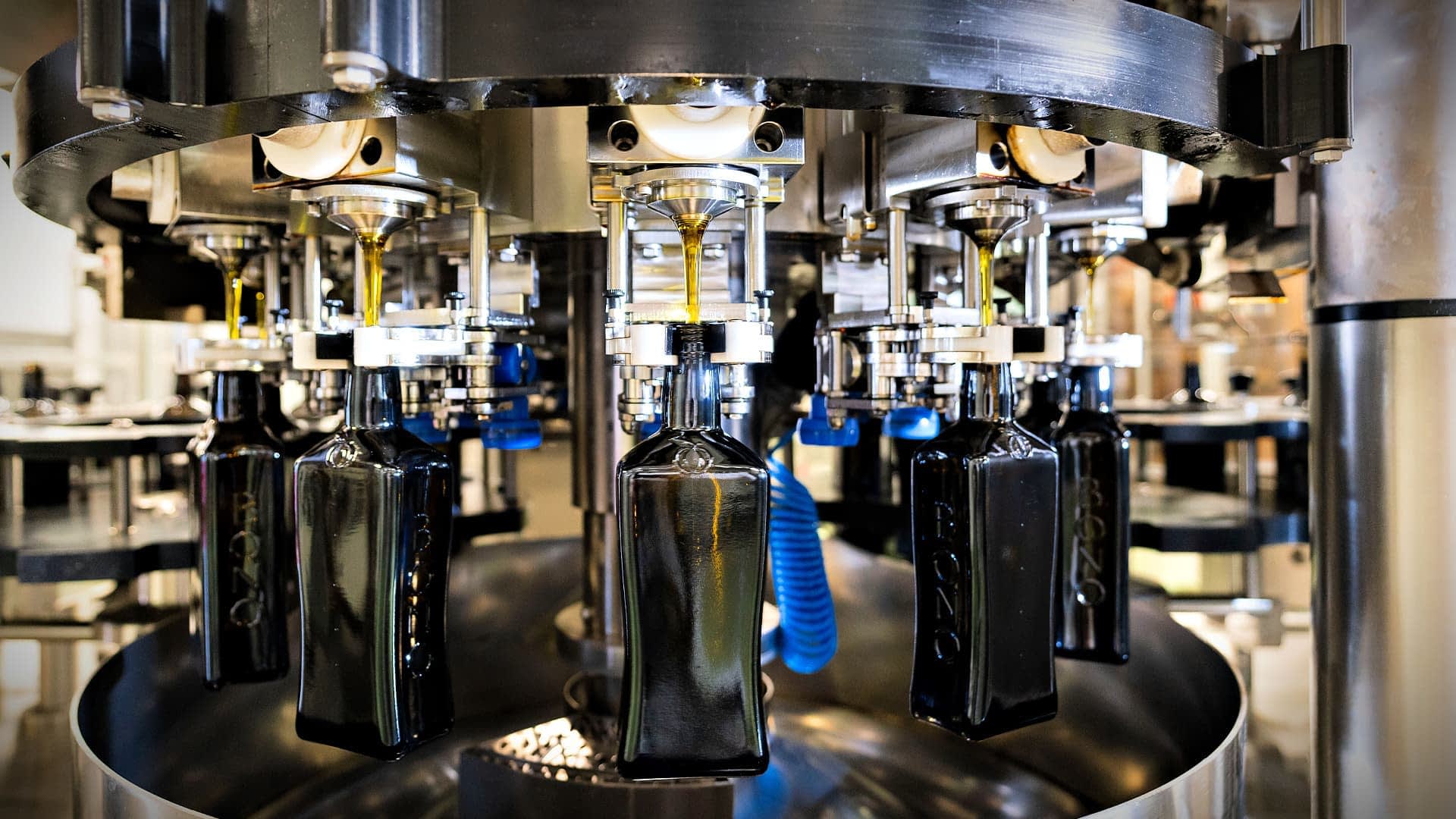
In Europe, PDO and PGI certified products are recognized by the 27-members block. “That does not happen in the United States,” Bono explained. “The origin of many products exported there is declared by the producer but it is not certified.”
Bono warned wholesale buyers to think twice before committing to Tuscan or Sicilian olive oil that is not certified. “Those that are certified get that title from a third-party entity recognized by the Ministry of Agriculture. That third party will check traceability, origin, means of production, lab analysis and panel test results.” Bonolio has an internal taste panel to direct the different qualities of milled olive oils to their proper channels.
The United States has long been the most important market for the Sicilian producer. “The large food retailing market there is very challenging,” noted Bono. “We are fortunate because Sicilian olive oil is not very aggressive nor bitter, it is a mild fruity product, slightly piquant — characteristics which make it very easily appreciated by the American consumer.”
The biggest challenge for exporters such as Bonolio is to propagate olive oil education together with their products. “Even specialized food retailers buyers might sometimes find it difficult to sort the good from the bad and choose the best among a chaotic offer of thousands of products. On our side, we hope that our approach, which is to sell only certified products, might shed some light on such a conundrum.”
In the last five years, Bonolio has expanded its own olive farming beyond traditional groves. “We now can count on about 135 hectares of olive orchards. Twenty are dedicated to traditional olive growing while 115 are super-intensive orchards near the city of Trapani.” Bono told us. “The goal is to produce a good quality of olive oil at sustainable costs so as to be able to offer consumers a quality extra virgin olive oil at an affordable price.”
Bonolio has around 260,000 trees, 60,000 of which are traditionally grown. “Super-intensive orchards are based on those cultivars, such as Arbequina and Arbosana, which are more suited to this end,” noted Bono.
The company is planning an expansion of its intensive olive farming. “In that case, we will have about 280 trees per hectare as opposed to the 1,600 in the super-intensive orchards,” noted Bono while glancing at Regina Galerana on the company’s PDO bottle. Yes, she is smiling back at him.


